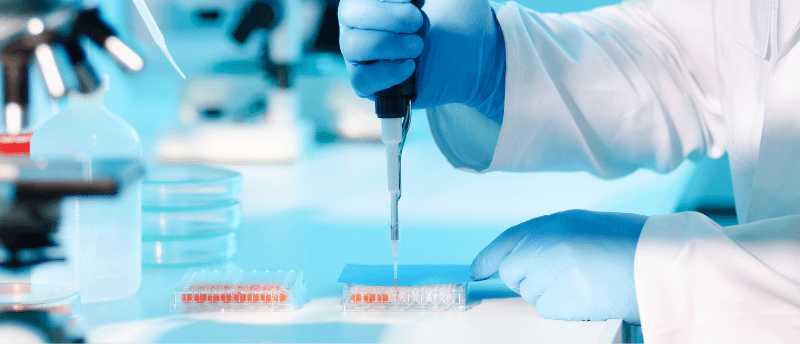Pluripotent stem cells – the building blocks of organoids

In recent years, organoids have revolutionized tissue culture and the pursuit of more effective tissue replacement therapies and tissue modeling research purposes. In vitro organoid formation was first observed in epithelial cells embedded in extracellular matrix hydrogels. Anchored in the hydrogels, the cells self-organized into tissue structures composed of a heterogeneous cell population. During the evolution of organoid technology, pluripotent stem cells (PSCs) have been distinguished for their remarkable capacity to evolve and mature into any cell type found in the body making them one of the most advantageous cellular foundations for the construction of organoids.
This White Paper, part of our In Focus on transfection, details the current prospects for organoid technologies, their applications, and solutions available for their development and implementation, such as transfection reagents.
This content was provided by